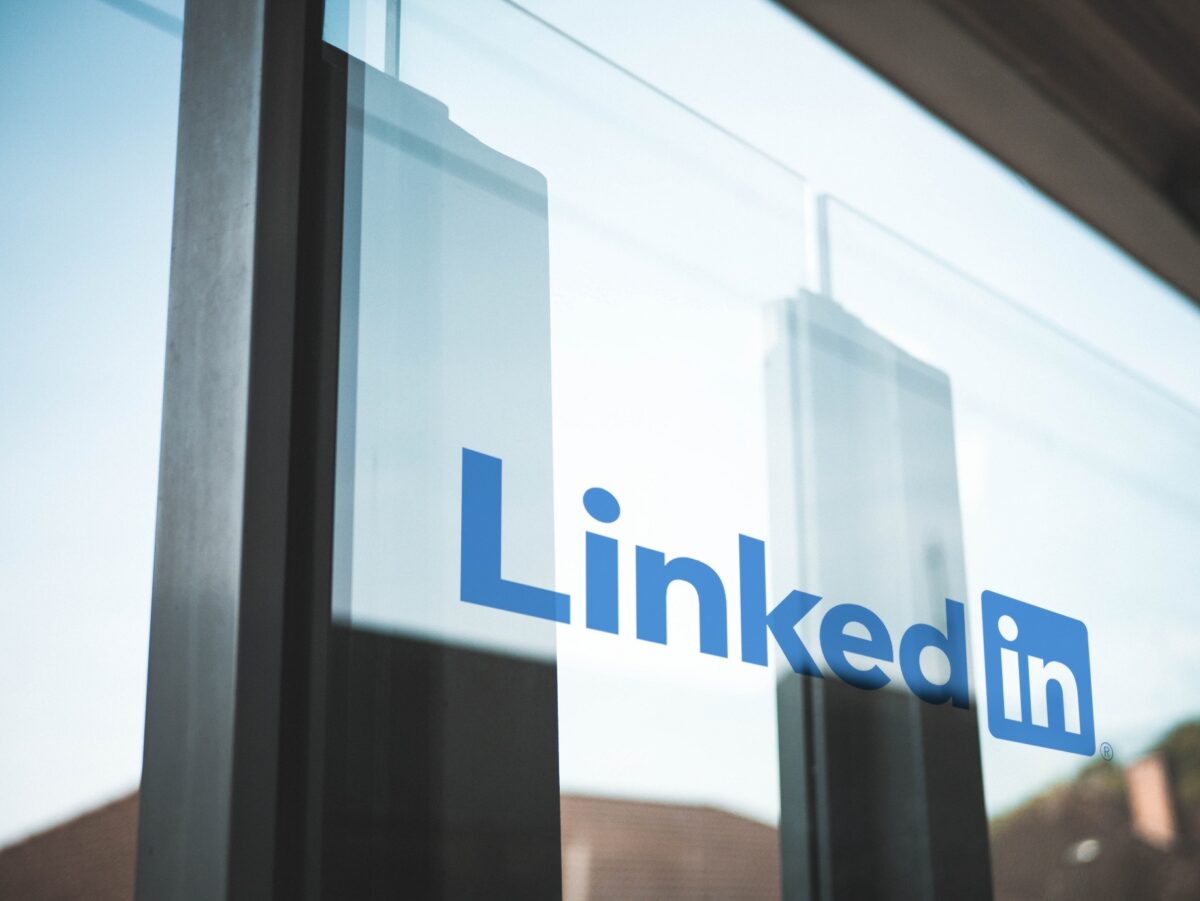When entering the world of sales, account selection becomes the most important thing – and yet, it is something that is often overlooked. Both newbies and experienced salespeople tend to go after the big fish. They start planning and visualizing their account map as filled with brands and companies that they know because of their name, global impact, and popularity.
And while there is nothing wrong with this—in fact, we at Sales for Life do it too—it can cause some hindrances to your pipeline’s growth, especially if it’s all you’re going to focus on.
Here’s an excerpt from our CEO, Jamie Shanks’ book, SPEAR Selling:
When I was 16, I started a landscaping company in my small town of Manotick, Ontario, Canada. I made pink and yellow flyers that I photocopied at Mac’s Milk convenience store, and handed them out door-to-door.
Just as I was about to start my first spring lawn cutting season, my mother said to me “Jamie, if you do a great job, two people in the neighborhood will hear about you; if you do a terrible job, eight people in the neighborhood with hear about you”.
She paused, looked at me intently, and I could see what she was really saying: “The neighbors will tell me, and I’ll feel embarrassed… so don’t screw up!”
Even as a teenager, I was learning about the power of business development through social proximity and successful storytelling.
Take Advantage of Your Asymmetrical Competitive Advantages
4.2x more likely to get a sales appointment if you have a relationship than if you don’t.
Sales Benchmark Index (SBI)
So what is social proximity, and what does it have to do with account selection?
Simply put – and precisely as it sounds – it’s about utilizing your relationships, personal experiences, and customer successes (collectively known as your Asymmetrical Competitive Advantages) and placing them at the center of your pipeline efforts. You use these when creating targeted account lists, whether vertically or geographically.
This strategy is built with a solid foundation that focuses on the customers and then grows and works outwards. Instead of focusing on which accounts will get you the biggest commissions, this strategy gives you the goal of finding asymmetric competitive advantages that other people – especially your competitors – cannot possibly compete against.
Leveraging these advantages that exist around your company’s happy customers and the people working with them can open up a significant number of opportunities for you, which in effect can keep opening up new opportunities for you as you increase the number of happy customers in your care. Using social platforms, such as LinkedIn, can give you insights that paint a clearer picture of these relationships and the interrelationships between them.
Account Selection with Social Proximity in Mind

The next time you’re planning or reevaluating your goals for account selection (and acquisition), think of the people you’ve already got connections and influence with.
These people will include the following:
- Employees of your current customers
- Former employees of your existing customers
- Your customers’ competitors
- Partners and vendors that are associated with or are suppliers of your customers
And on a more personal level, you can also look to:
- Family
- Friends
- Community and social network
- Previous school alumni
Every one of the relationships you possess with these people can create various levels of asymmetrical competitive advantages for you and your pipeline. The relationships that you’ve built with them aren’t easily copied or stolen by competitors.
While still hunting for the big fish accounts, spend a considerable amount of time and energy mapping out account selection based on your social proximity. To do this and to do it well, it is crucial that you get rid of any predetermined accounts that have been handed off to you by your superiors, your company, or even by yourself.
We know that majority of companies will assign accounts to their sellers. However, you shall still be entitled to a percentage of target accounts to choose for themselves. This should also be a wake-up call to these companies when addressing their account selection strategies with their salespeople. Including social proximity must be given priority as early as the planning stage.
This strategy is a big, big help for sellers, especially those who are just starting out with their accounts, as well as those who find themselves stuck with their pipeline’s growth. And once you’ve been able to acquire accounts, thanks to your social proximity strategy, there’s no stopping you from reaching higher and going after the big fish.










